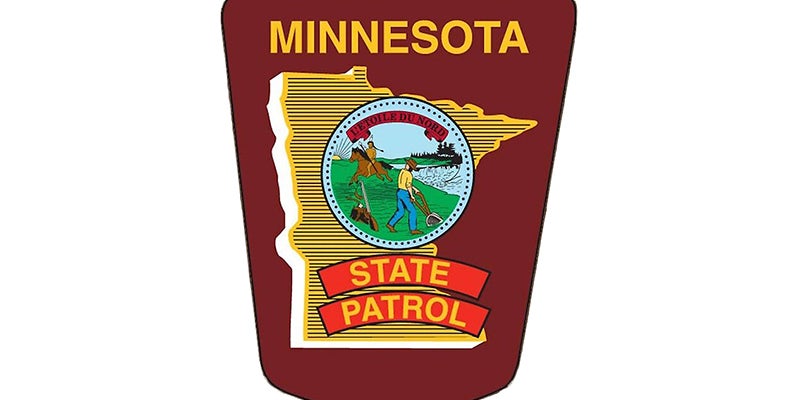College freer, not safer
Published 11:21 am Monday, August 27, 2012
Rules at the University of Oregon in the 1960s required women students to have written permission from home to go to “the beach, ski lodge, hotel, or a boyfriend’s home.” Women were not allowed to wear shorts on campus except to and from PE classes and then only when covered by a long coat. I see such historical references often, and they are usually presented both for amusement at old fashions and celebration of new freedoms.
This, as most of the others, is contrasted with current “rules.” These allow — indeed encourage — students to choose roommates of either gender or any “gender-identity,” but restrooms are and must be “gender-neutral.” Nothing was stipulated in the 1960s about men in women’s dorm rooms, because such was then unthinkable. Nor was it necessary to regulate alcohol or weapons. They are now. The new rules require compliance with state laws about drinking age and severely restrict possession of any device that could be used as a weapon. Without reference to drunken students falling to their deaths from dorm roofs and windows being necessary, the new rules lay down complex prohibitions that amount to the requirement students actually stay inside rooms and hallways.
This list happens to be from the most recent issue of The New York Times’ Education Life supplement. Two pages into this issue is its featured article “Girls Gone Scared,” which presents a frightening survey of recent rapes and other types of assault perpetrated by men students at schools across the country. The article’s subtitle is “And the guys are not all that secure either.” Their greater danger is robbery, but one wonders how far the new “sexual liberation” and “gender equality” will go before women also become common sexual predators. While there are always weirdos around, I find it disturbing that 80 percent of assaults are from within the campus community.
Colleges and universities have found it necessary to expand greatly their campus security forces, install elaborate and expensive physical security and warning systems and impose stringent regulations on movement. “At campuses big and small, rural or urban, many students fear venturing out at night alone.” Many campuses are in the same category of slums and red-light districts where no one is safe alone at night.
Some of the campus rules of the 60s never were necessary and many no longer are. In this regard, the colleges where I taught are better off than those where I was a student.
But the cultural change has not been simply to replace hidebound rules with enlightened tolerance. Much has been irresponsible succumbing to the political demands of adolescents and indulging them with a self-determination for which they are not prepared. Victorian restrictions were replaced by libertarian “freedom,” and the abuse of this has more recently necessitated the imposition of controls both more severe and more necessary than those from which freedom had been sought. Colleges thought they were enabling students to be themselves, and now they are forced to protect them from themselves.
Freedom and liberty have come to be worshipped as ends in themselves rather than means to responsible thinking and behavior. Freedom is never absolute, because attempts to grant or achieve it leave both individuals and societies disoriented and vulnerable. If freedom from something oppressive does not result in gaining something fulfilling, it is only the tragic exchange of one oppression for another. I have said here previously, freedom is not the right to do the opportune but the opportunity to do the right.
The modern college and university is a much better place for several reasons—but not for every reason or in every regard. Moral liberty is a crucial value, but the opportunity to exercise it needs to be earned. Campus rules that are wholesome are not restraints upon normal behavior but constraints of immature behavior to nourish maturing so individuals and society are enabled to act as responsible free moral agents.


